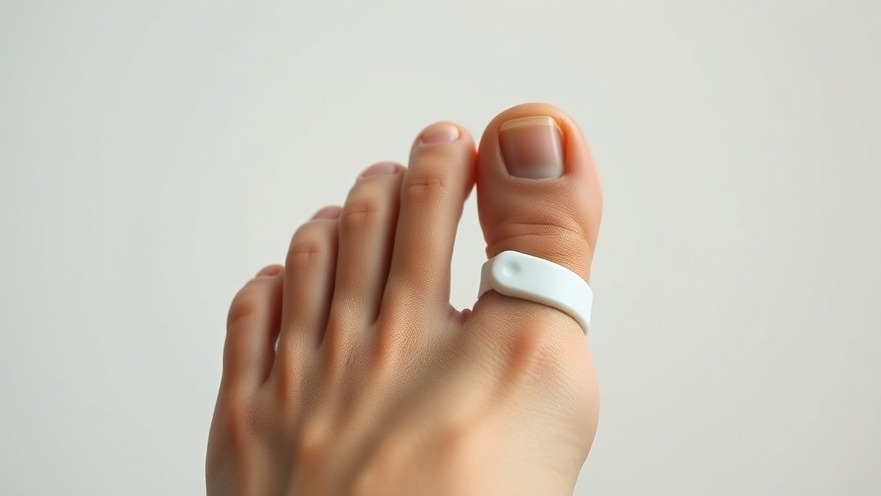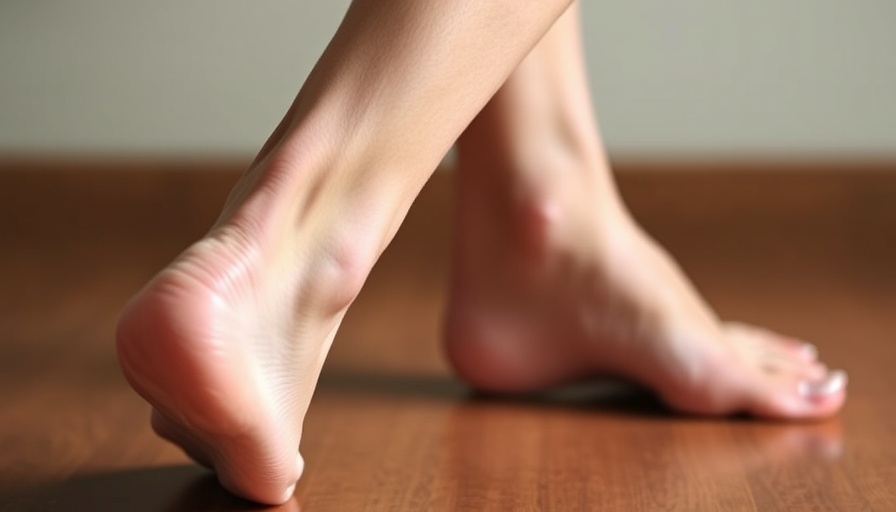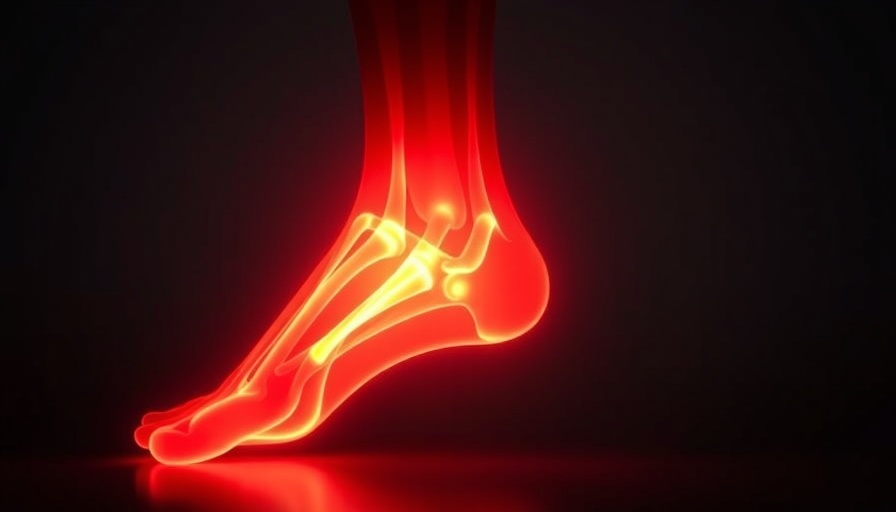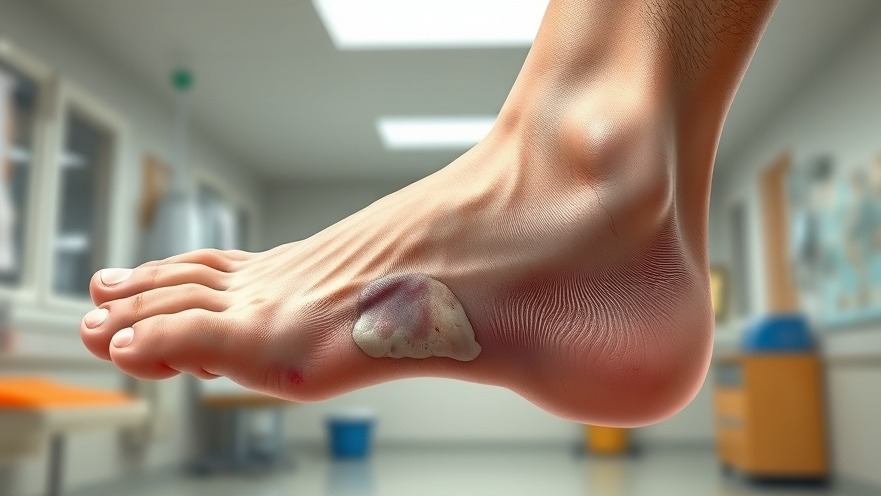
Understanding Ingrown Toenails: The Hidden Pain
Are you one of many who often wonder, "What can I do about my sore toenails?" Ingrown toenails, though small in size, can bring significant discomfort and inconvenience to our daily lives. They occur when the toenail grows into the surrounding skin, causing pain, redness, swelling, and even potential infections. But what exactly causes these pesky nails to grow inwards?
Common factors contributing to ingrown toenails include improper nail trimming techniques, wearing tight shoes, skeletal abnormalities, obesity, diabetes, and arthritis. It’s crucial to recognize the early warning signs: persistent pain, swelling, redness, and blistering around the nail edges are indicators that you might be suffering from an ingrown toenail. Ignoring these symptoms can exacerbate the issue and lead to more severe complications!
When to Seek Professional Help
Understanding when to consult a podiatrist about an ingrown toenail can be the key to regaining comfort and foot health. If you’re facing persistent pain or signs of an infection such as swelling and pus, it’s essential to reach out to an expert. Even if you are only concerned about the appearance of your toenails, discussing your options with a podiatrist can provide insight and reassurance.
Revolutionary Treatment: Ingrown Toenail Bracing
Fortunately, advances in podiatric care have introduced an innovative treatment for ingrown toenails: nail bracing. This non-invasive, pain-free technique allows the toenail to be realigned without surgery, making it particularly beneficial for children, anxious patients, and those with diabetes or poor circulation.
The nail braces gently lift the sides of the nail, encouraging it to grow in a flatter shape over time. There are mainly three types of nail bracing:
Wire Nail Bracing: Made from steel wires, this method involves applying a wire over the top of the nail, curving it under its edges and gradually adjusting the pressure based on symptoms.
Fiberglass Plate Bracing: This technique uses a fibreglass plate that adheres to the top of the nail, applying gentle pressure.
Composite Bracing: A combination of materials designed for effective alignment and comfort.
Prioritizing Foot Care: Why It Matters
Neglecting toenail health can lead to various complications, including infection and chronic pain. Being proactive about foot care not only enhances comfort but also prevents more severe health issues. Simple measures like proper nail trimming practices, maintaining suitable footwear, and seeking timely medical attention are essential steps everyone can adopt.
Common Misconceptions About Ingrown Toenails
Many people assume that ingrown toenails are just a cosmetic issue, but they can lead to serious health concerns if left untreated. Moreover, there is a common myth that only the elderly or those with specific health conditions suffer from ingrown toenails; however, anyone can experience them, regardless of age or fitness level. Understanding that preventive care and early intervention are vital can set the path toward healthier feet.
Actionable Insights: Embracing Healthier Foot Practices
Individuals can benefit from changing habits related to foot care. Here are a few actionable tips: 1. Choose the Right Shoes: Ensure footwear has enough space to prevent pressure on the toes. 2. Practice Proper Nail Trimming: Cut nails straight across, avoiding deep corners. 3. Regular Foot Check-ups: Don’t hesitate to consult a podiatrist if you notice any changes or discomfort.
Conclusion: Take Control of Your Foot Health
Whether you’re dealing with the nagging pain of an ingrown toenail or looking for preventive strategies, the path to healthier feet starts with professional advice. Don't hesitate to reach out to a podiatrist and explore treatments such as nail bracing. Prioritize your foot health and embrace that effortless step toward comfort!
 Add Row
Add Row  Add
Add 




Write A Comment